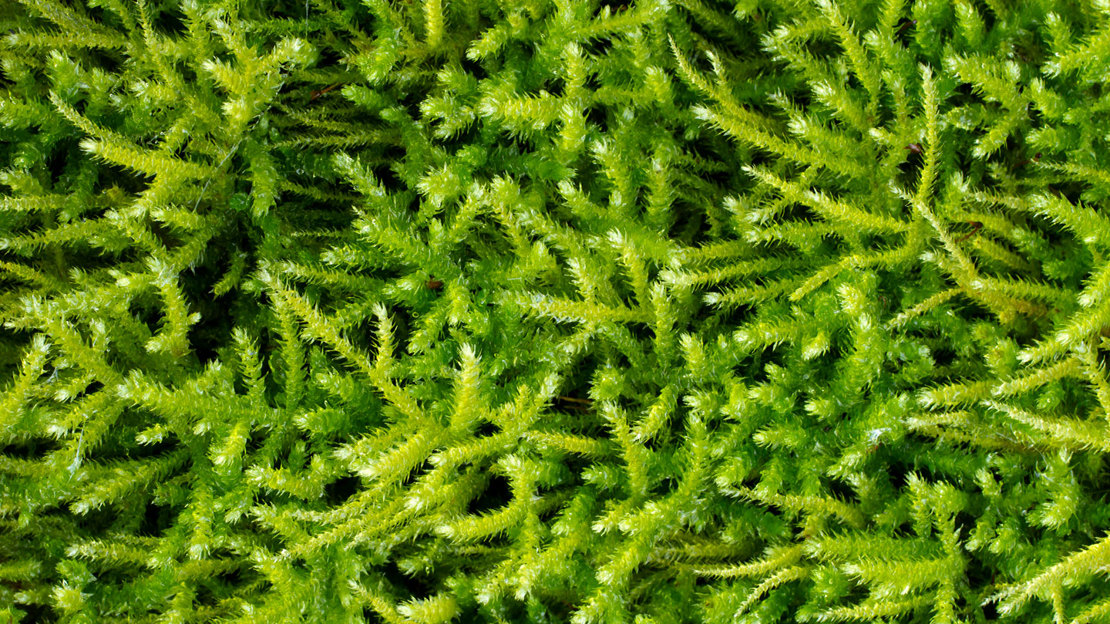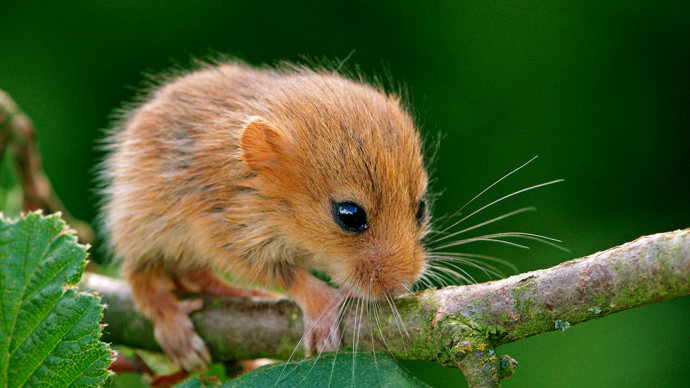Common name(s): common striated feather-moss
Scientific name: Eurhynchium striatum
Family: Brachytheciaceae
Origin: native
Fruiting season: occasional
Habitat: woodland, hedge banks, rocky ground
Cushions of feathery, green moss strewn nonchalantly over the woodland floor, common striated feather-moss is one cool customer. It brings colour to shady places and it is a characteristic of old ash woodlands in particular.

Common name(s): common striated feather-moss
Scientific name: Eurhynchium striatum
Family: Brachytheciaceae
Origin: native
Fruiting season: occasional
Habitat: woodland, hedge banks, rocky ground
Mosses are simple, rootless evergreen plants that don’t have flowers or seeds but reproduce by spores. Common striated feather-moss, as its name suggests, is fairly common and forms cushions or mats that may cover a large area.
Leaves: spread widely and look more or less the same whether wet or dry. Length 1.5–2mm, triangular-shaped but at the point they attach, are narrower and heart-shaped. Margins are finely toothed and, on closer inspection, the leaves appear wrinkled due to the shallow folds along their length.
Shoots/stems: generally pale yellow-green, pinnately branched with branches spreading almost at right angles. The shoots look rigid owing to the straight nature of the stems and branches.
Sporophytes (spore capsules): occasionally present, 2–3mm long with a beaked lid.
Not to be confused with: other branched (pleurocarpous) mosses in woodlands which can look quite superficially similar. Loeskeobryum brevirostre is very similar, and another species of old-woodlands, but has reddish stems and tiny leaf-like structures on the stem.
Common striated feather-moss loves the cool conditions in the UK where it is fairly widespread and common. Globally, it also grows in mainland Europe and Russia.
It favours long-established woodland where it grows on the ground and around stones, particularly on base-rich soils, such as in ash woodlands. It also grows in hedge banks, rocky ground and on rock ledges as long as they are not exposed to full sun.
The striatum part of its scientific name relates to the stripes that distinguish it from similar species.

Credit: Marko König / Alamy Stock Photo
Moss offers habitats for other plants, insects, frogs and fungi. Some larvae of micro-moths and lace bugs feed only on moss. Other insects hunt among moss for prey. The insects from moss also feed bats and birds. Squirrels use moss to line their dreys and dormice hibernate in nests made beneath moss.
Moss has been used over centuries to provide moisture for thirsty travellers; as well as dressings for soldiers’ wounds during the First World War (particularly sphagnum moss); in floristry, medicine and increasingly in biotechnology. In rural UK it was traditionally used to extinguish fires; while Native Americans used moss for nappies; and Finns made bread from peat moss when other food was scarce.
Common and not currently under threat in the UK, though the species is mainly dependent on established woodland.